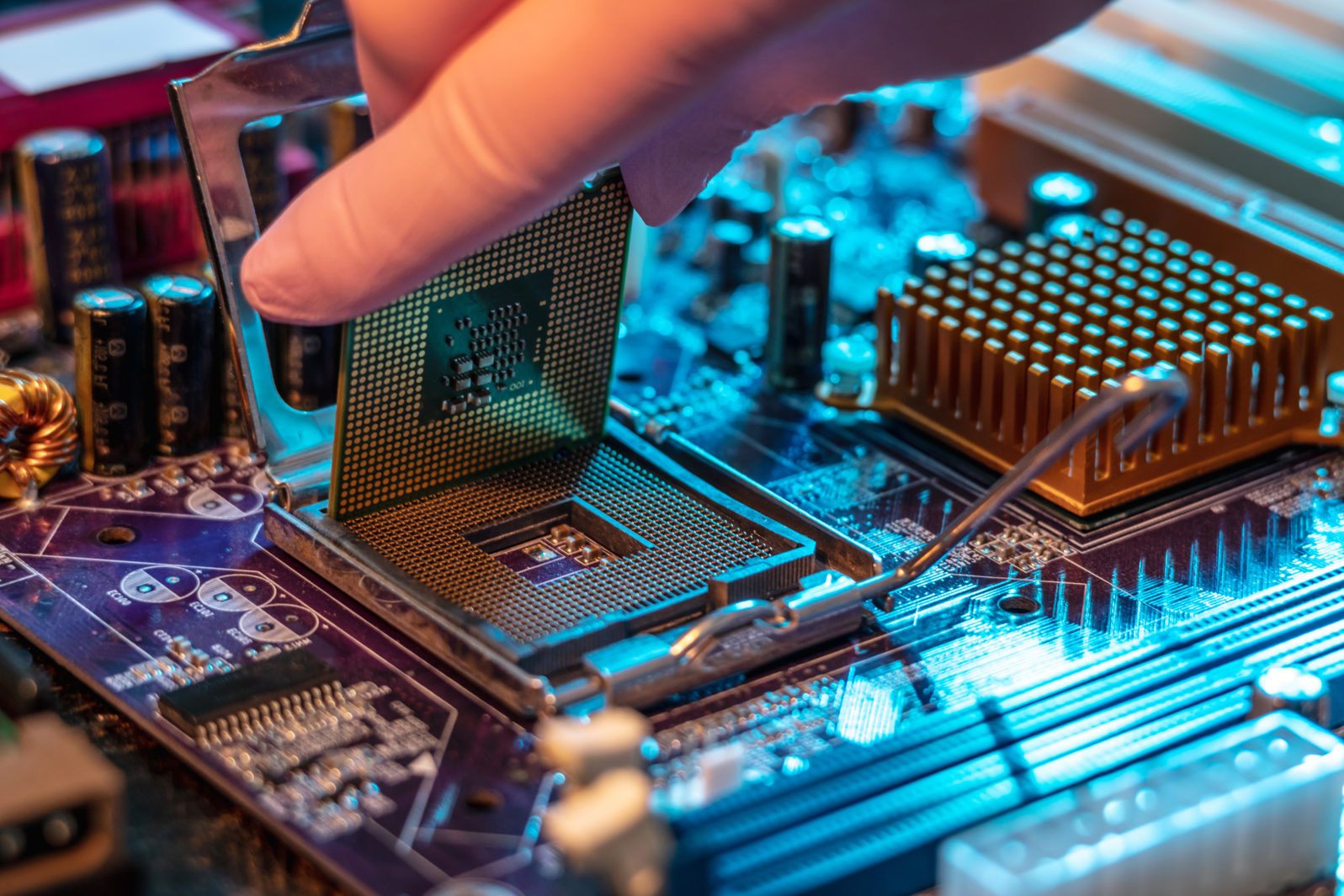Big Innovations Can Depend on Really Little Things
Stuff that is far too small to see can change the worldThe opening panel on Thursday morning at COSM 2022 was “The New Nanocosm.” — the world of really small things like molecules.
The first panelist to speak was Chris Harrison, CEO of CTEC (“Clean Thermodynamic Energy Conversion”) Energy, a British company which seeks to convert industrial waste into energy. Its basic premise is that there is “an incredible amount of excess heat that was coming off engines and going into the atmosphere,” and this heat could be converted into usable work. The company takes waste materials — Harrison cited municipal solid waste, medical waste, chemical waste, hazardous waste — and uses it to generate electricity.
The remaining waste can also be re-purposed. The conversion process yields a “fine ash” which can be “used as filler and cement products and in road products.”
It might sound too good to be true, but it’s already proven to work. Using their techniques individual hospitals can take their own medical waste and convert it into gigawatt-hours of electricity.
Next up was John Van Leuewen CEO of Universal Matter. His company’s vision is similar to that of Harrison’s company, turning waste into useful products — this time in the form of carbon. Van Leeuwen explained that carbon can come in many forms—coke, charcoal, biochar, and carbon black are all relatively inexpensive.
But diamond is extremely expensive.
The cost of graphene carbon is somewhere in the middle.
“This is all gonna change,” Van Leeuwen said of graphene’s price. Following the research of scientists such as James Tour at Rice University, his firm is looking to convert amorphous carbon waste into graphene. This will drive the cost of graphene down and allow it to be used in many diverse industrial products such as tires, rubber, concrete, asphalt, as well as other uses.
This new tech is not just cheaper, it’s also more environmentally friendly. “Most hydrogen today,” Leeuwen explained,” is made through “steam methane reforming,” and this is called gray hydrogen. It produces large amounts of CO2, an unwanted greenhouse gas. Blue hydrogen, on the other hand, uses basically the same process but “instead of putting it [the carbon] into the air, you put it in the ground, you sequester it.”
Their firm is developing a better method of producing what they call “turquoise hydrogen.” It also starts with methane, but instead of producing a carbon waste as gaseous CO2, it produces solid carbon waste. \
And this solid carbon waste can be converted into — you guessed it — graphene.
Finally the panel turned to Shlomo Nedvetzki, Chief Technology Officer at Nanorobotics, an Israeli company. Nedvetzki’s firm took nano-cars—research which won a Nobel Prize in 2016 — and is working on developing these nano-cars to be repurposed as nano-drills.
These light-activated nano-drills are tiny and fast: 50,000 can fit along the diameter of a human hair yet they can spin at 3 million rps —that’s revolutions per second. These nano-drills can be programmed to target specific types of cells, which they efficiently kill by mechanically drilling through the cell membrane and puncturing a deadly hole.
This new therapy, developed in part by James Tour at Rice University, promises to kill cancer cells, antibiotic resistant bacteria, and help treat other diseases. And because they are not interfering with the natural chemical or biological aspects of cells, they think that there will be virtually no side effects or risks of resistance, as is common with many forms of treatment.
In discussing these innovations, COSM exposed attendees to new technologies that promise lower costs, reduced pollution, and improved human life. This is all in keeping with the spirit of COSM — to highlight how human ingenuity combined with intellectual freedom hold the keys to prosperity.
You may also wish to read: Entrerpreneur Peter Thiel’s take on what has really happened with AI. The trouble is, who is AI really benefiting? In Thiel’s view Tik Tok is a weapon and China is becoming North Korea
